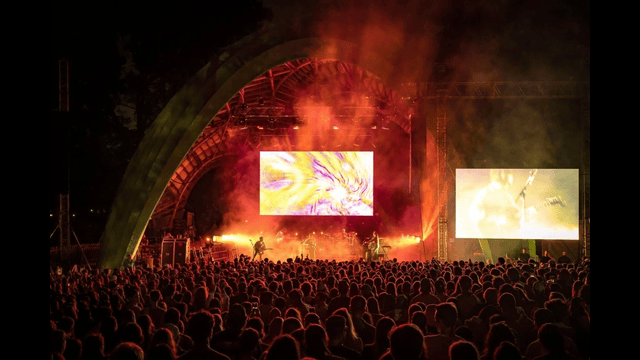
The moon emerges from behind clouds above lower Manhattan, as seen from West Orange, N.J., on Tuesday, August 1, 2023, during a supermoon. (AP Photo)
Get ready to gaze at the sky! August’s supermoon is just around the corner, marking the start of a captivating series of lunar events over the next four months. This month’s supermoon, which appears on Monday, will be the first of four, offering a special chance to see Earth’s moon looking a bit larger and brighter than usual.
As the full moon aligns closely with Earth, it will give us an extra chance to enjoy its glow. Noah Petro, a project scientist for NASA’s Lunar Reconnaissance Orbiter, suggests that the supermoon is a perfect reason to pay more attention to the moon. “I like to think of the supermoon as a good excuse to start looking at the moon more regularly,” Petro said.
This supermoon is not just a one-off event. August’s spectacle kicks off a series of lunar highlights. In September, the full moon will coincide with a partial lunar eclipse, offering a unique view as Earth’s shadow makes a small bite out of the moon. October will bring the closest supermoon of the year, and November will close out the sequence with the final supermoon of the year.
So, what exactly makes a moon a “supermoon”? The term is more popular than scientific. It describes a full moon that appears bigger and brighter because it’s closer to Earth. The moon’s orbit is oval-shaped, so its distance from Earth varies. A supermoon happens when the moon is at its closest approach, but the change in size can be quite subtle. “Unless you have looked at a lot of full moons or compare them in images, it is hard to notice the difference,” Petro explained. Still, a supermoon can be up to 30% brighter than usual, making it more noticeable.
This year’s supermoons will vary in distance from Earth. The first one in August will be about 224,917 miles (361,970 kilometres) away. The September supermoon will be nearly 3,000 miles (4,484 kilometres) closer. October’s moon will be the closest at just 222,055 miles (357,364 kilometres), and November’s will be at 224,853 miles (361,867 kilometres).
For those who enjoy skywatching, these supermoons offer a beautiful opportunity to appreciate the moon’s brilliance. With renewed interest in lunar exploration, including NASA’s Artemis program aiming to return astronauts to the moon, the lunar landscape is more exciting than ever. “It certainly makes it more fun to stare at,” Petro added, reflecting the growing fascination with our lunar neighbour.















